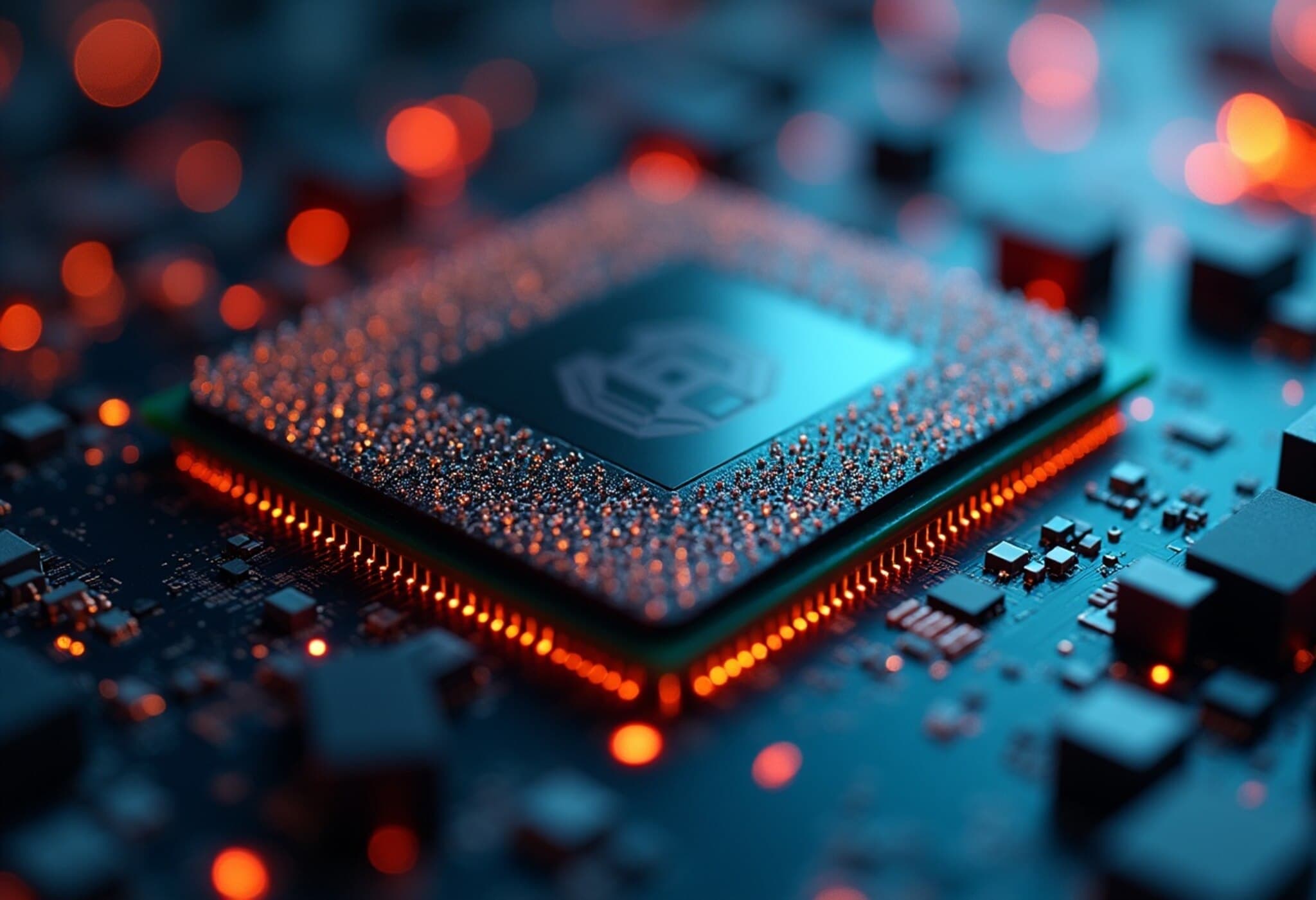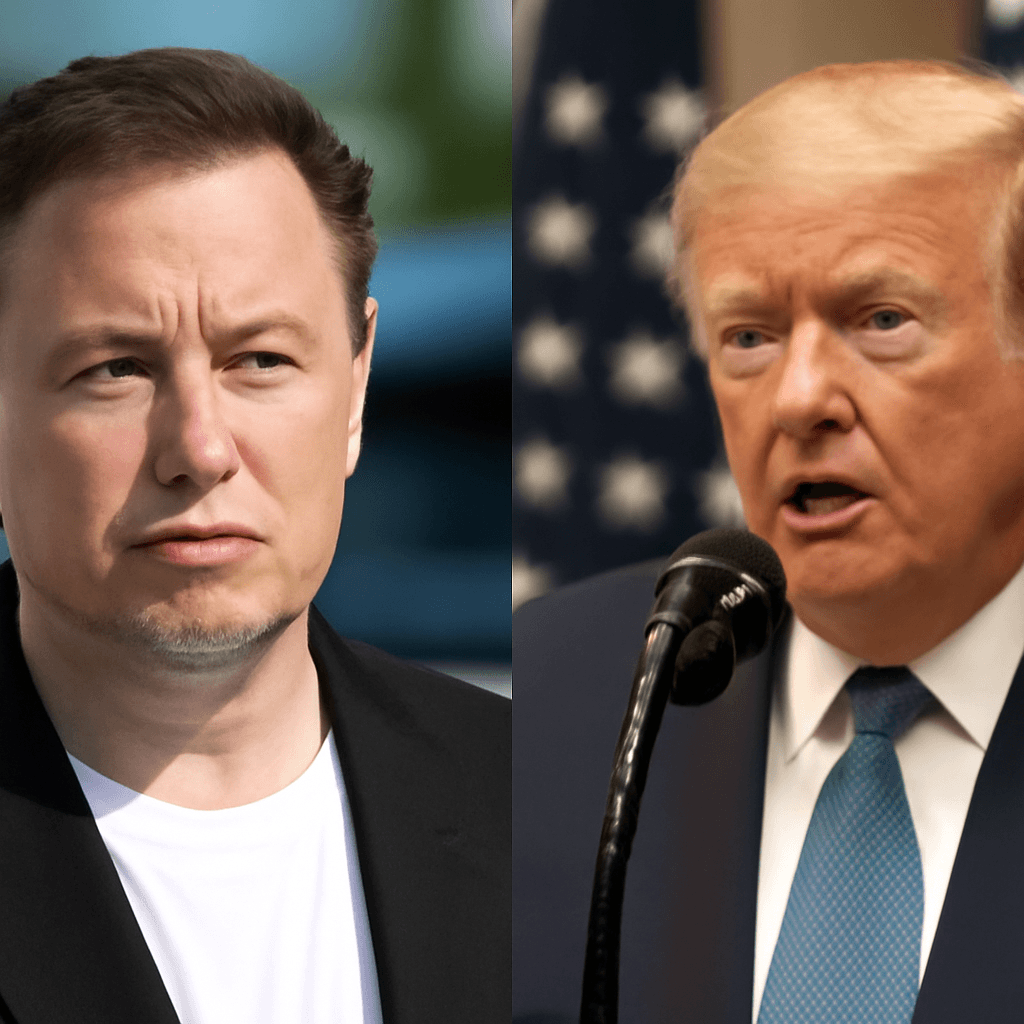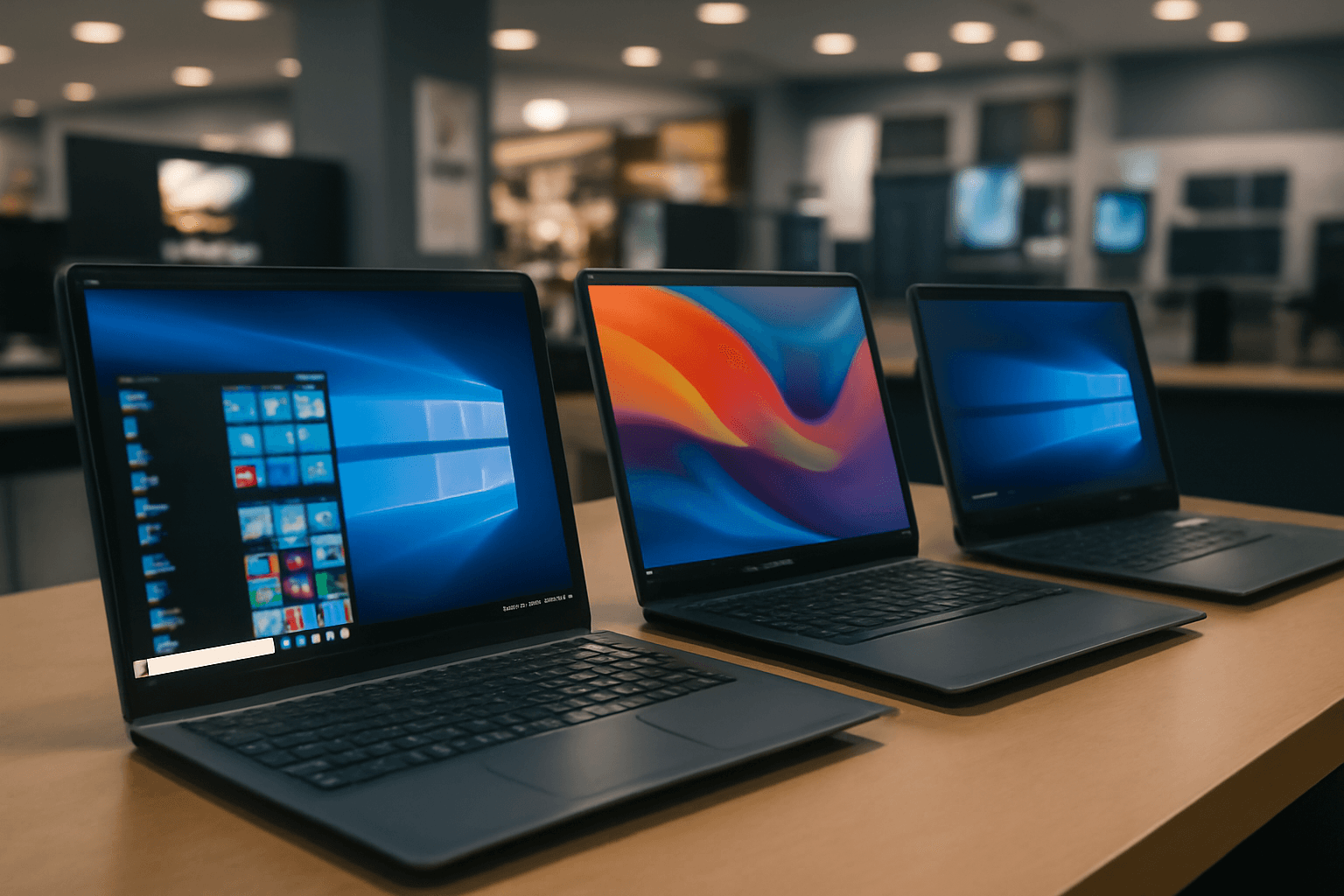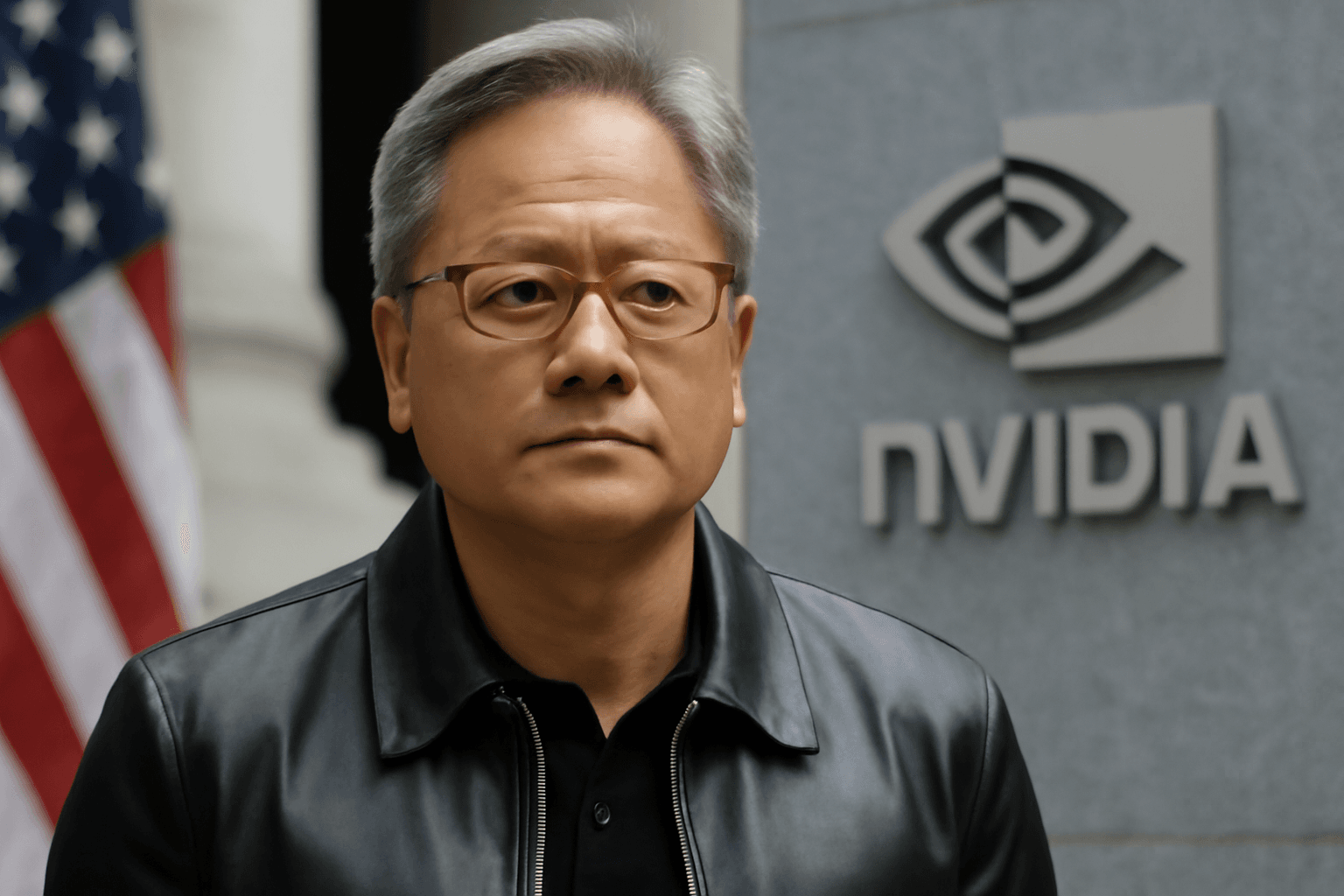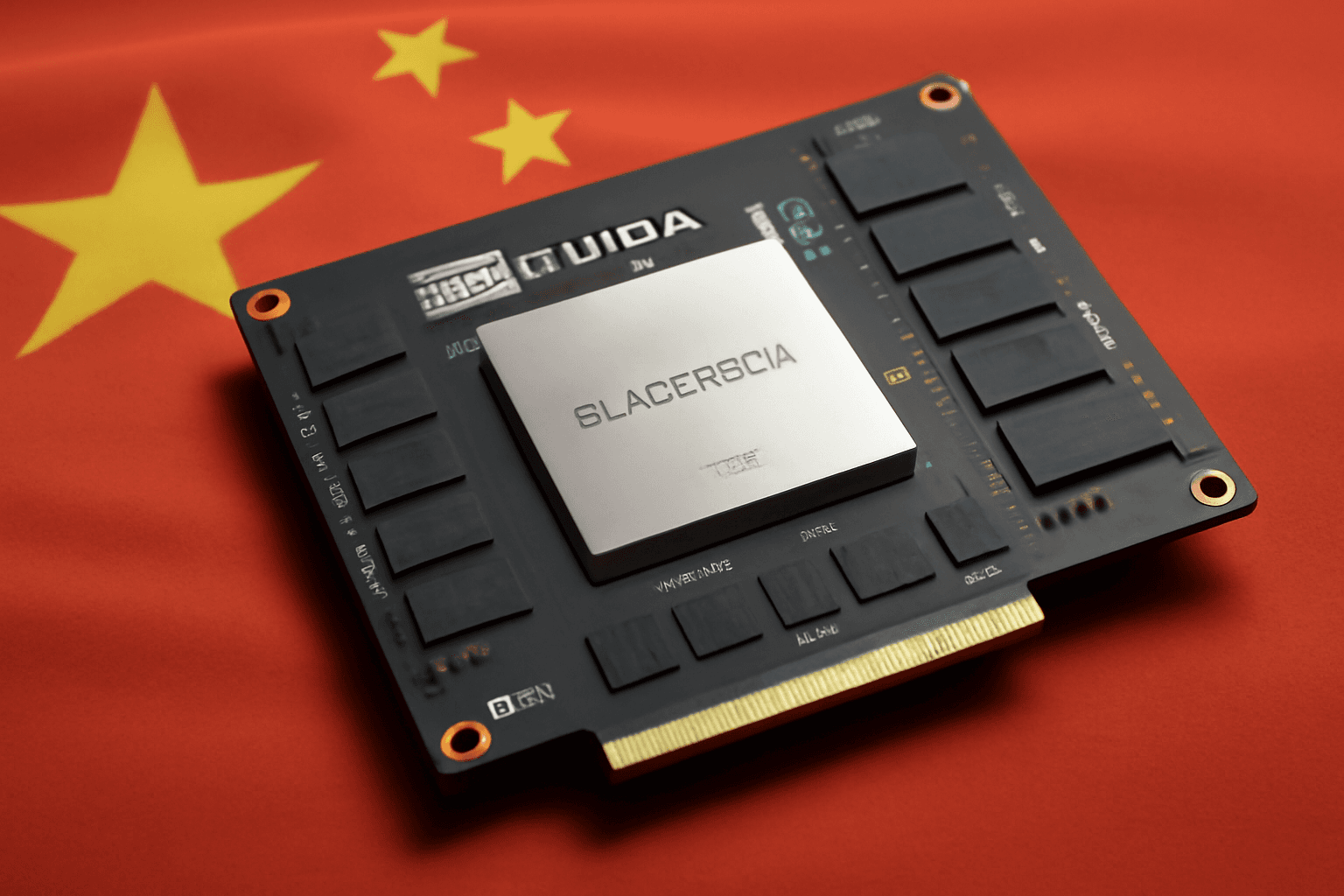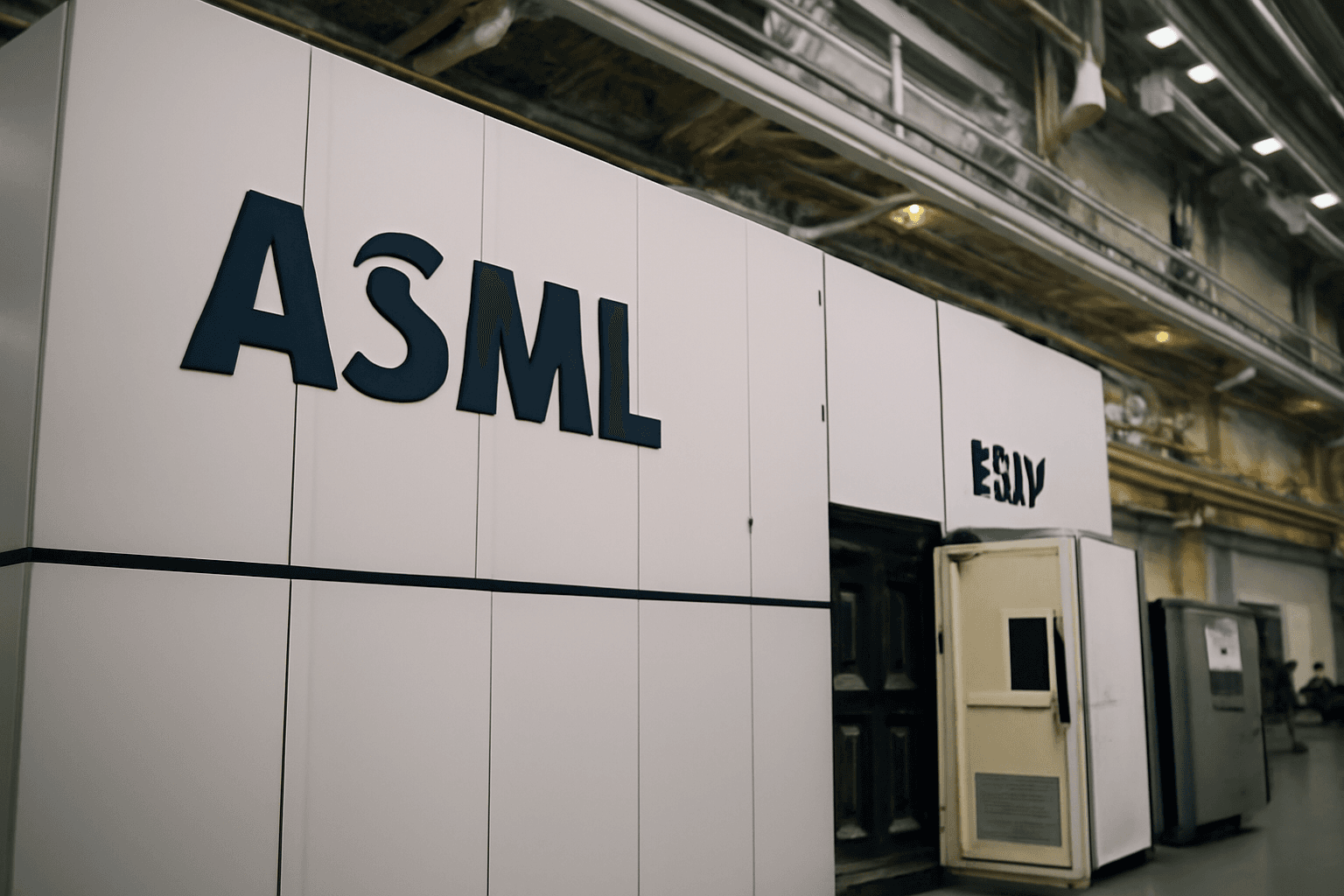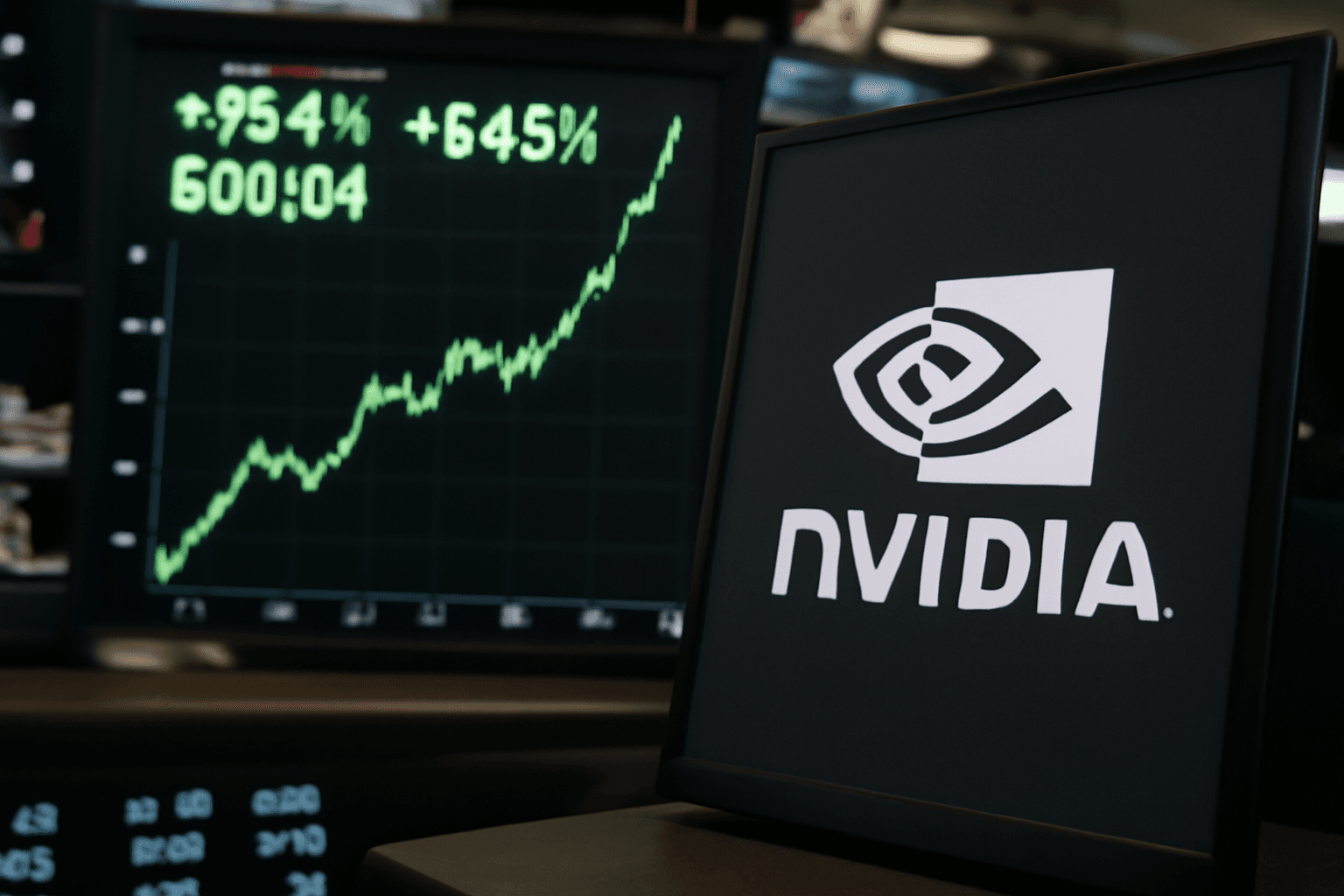U.S. Semiconductor Firms Navigate AI Boom and Geopolitical Challenges
The dynamic wave of artificial intelligence (AI) innovation is not only reshaping technology markets but also redrawing geopolitical and economic landscapes, especially within the semiconductor industry. On an eventful week that saw Nasdaq hitting new all-time highs, semiconductor giants Nvidia and AMD made unprecedented agreements with the U.S. government that spotlight the complex nexus of trade, technology, and national security.
Strategic Revenue Sharing Agreement with the U.S. Government
In a bold move reflecting the intensifying tension and opportunity at the intersection of tech and geopolitics, Nvidia and AMD have reportedly agreed to allocate 15% of their chip sales revenue generated in China back to the U.S. government. This arrangement, confirmed following Nvidia CEO Jensen Huang's White House meeting with President Donald Trump, marks a rare instance of direct federal financial interest in private-sector earnings derived from a key strategic market.
Industry experts see this pact as a tactical effort by the U.S. to both benefit economically and retain leverage over semiconductor exports to China, a country eager to accelerate its AI ambitions but viewed with caution over intellectual property and national security concerns.
Nvidia Responds to China Security Allegations Amid Sales Resumption
Complicating matters, Nvidia has vehemently denied claims propagated by Chinese state media outlets accusing its latest H20 AI chips of posing a "national security risk" due to alleged "remote shutdown" capabilities. The backlash appears linked to China's cautious reopening to Nvidia products after previous sales restrictions.
This public relations tension underlines a larger pattern of mistrust that American tech companies face when operating in China, raising difficult questions about transparency, regulation, and diplomatic friction in the era of advanced AI hardware.
Market Movements Reflect Optimism and Caution
Wall Street seems bullish on AI-led growth despite looming uncertainties. The Nasdaq Composite surged by nearly 1% last Friday, driven by gains in AI-centric stocks including Nvidia. However, investors are on edge, closely awaiting a data-heavy week that includes consumer price index (CPI) figures expected to influence Federal Reserve interest rate decisions. Emerging signs from the producer price index and retail sales will further shape market sentiment moving forward.
Luxury Sector Shows a Shift Toward "Loud" Consumption
On a seemingly unrelated front, high-end luxury brands are staging a comeback with bolder designs and marketing — dubbed "loud luxury" — in a bid to captivate consumers navigating economic headwinds such as tariffs and restrained spending. This trend dovetails with the rising phenomenon of "treatonomics," where consumers increasingly indulge in small yet meaningful luxuries to counteract economic uncertainty.
Expert Insight: The Enduring Impact of AI and Consumer Behavior Trends
Market analysts forecast that volatility tied to the AI boom and global economic fluctuations could persist over the next five to eight years, embedding treatonomics as a lasting consumer trend for at least three to five years, according to Meredith Smith, Senior Director at retail analytics firm Kantar.
From a policy perspective, these developments signal a strategic shift in U.S. economic diplomacy—leveraging private sector collaboration to balance growth opportunities against emerging technology security risks.
Critical Questions Moving Forward
- How will the U.S.-China semiconductor revenue-sharing model affect long-term innovation and competition in AI technologies?
- What safeguards will tech companies adopt to mitigate national security concerns without compromising market access?
- Can Wall Street’s optimism sustain in the face of evolving macroeconomic data and geopolitical tightrope walks?
Editor’s Note
The semiconductor sector stands at a crossroads, embodying the broader challenges of globalization amid growing nationalism and technological rivalry. Nvidia and AMD’s groundbreaking deals underscore the intricate balancing act between economic benefit and security prudence. Investors, consumers, and policymakers alike must keep a close eye on how these dynamics unfold — not only for their financial stakes but for their profound implications on global technology governance.

